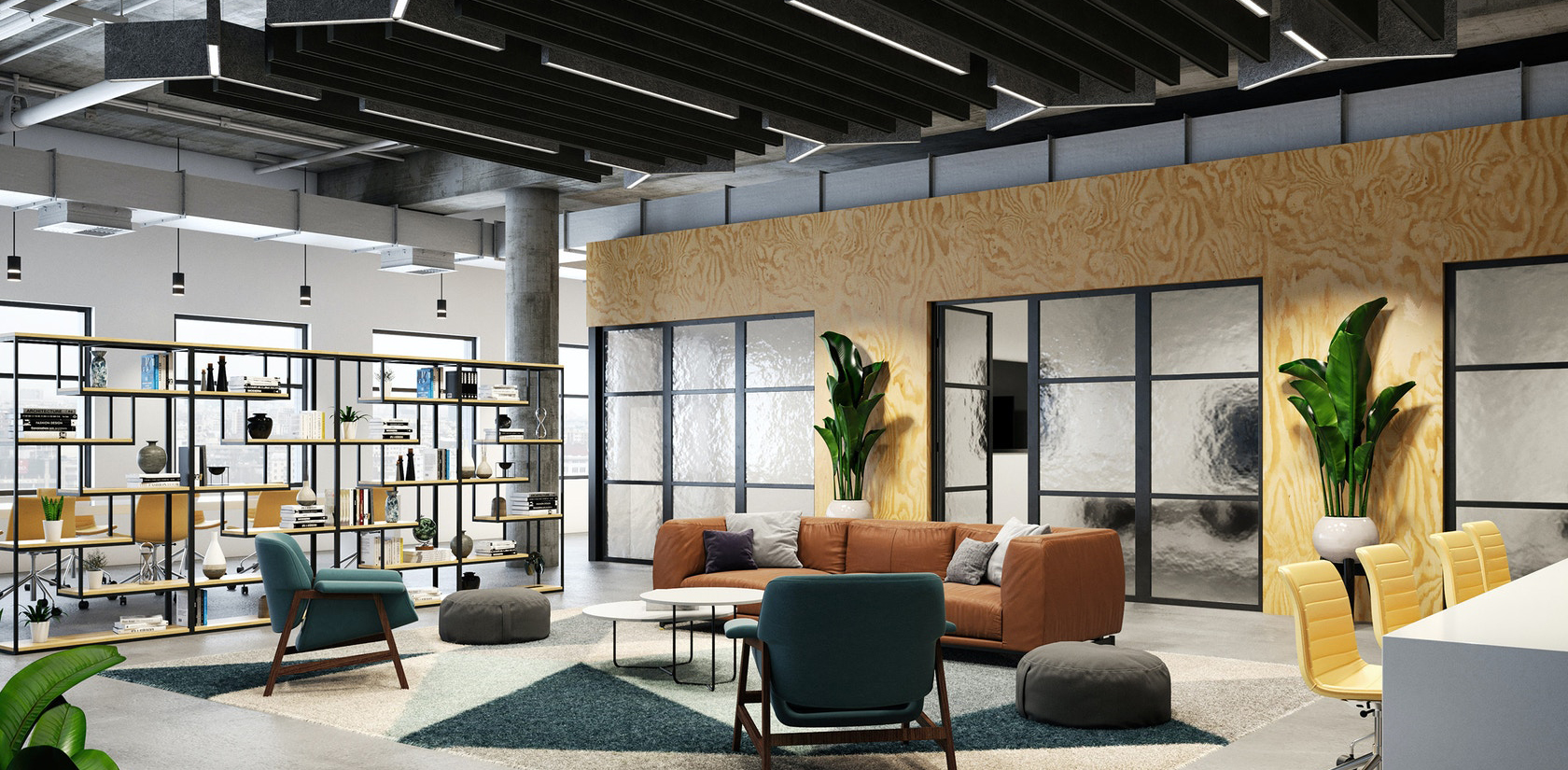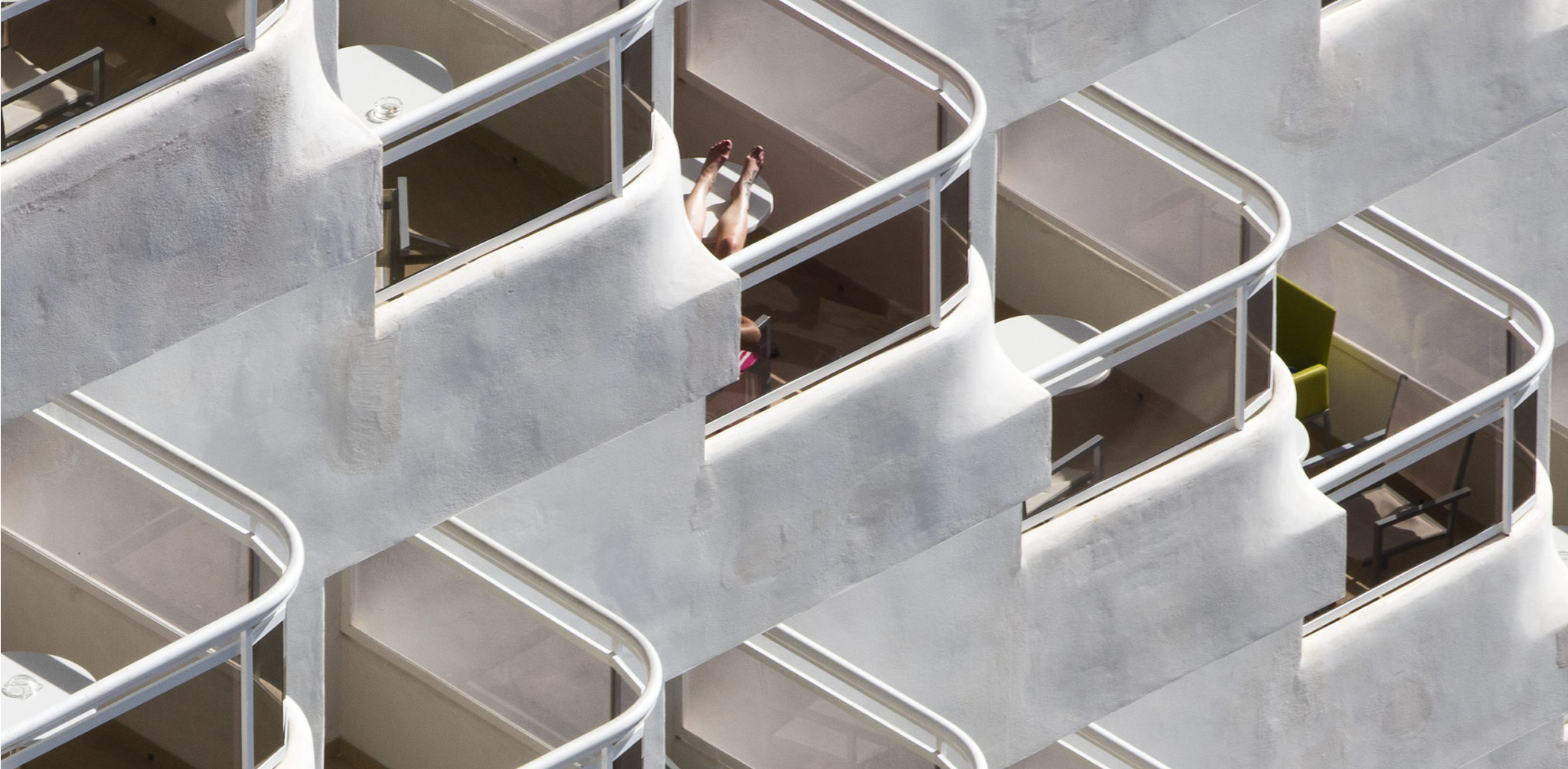Architects: Showcase your next project through Architizer and sign up for our inspirational newsletter.
With the earliest examples of pottery dating back almost 18,000 years, many might assume that cultural fascinations with ceramics should have been exhausted centuries ago. While the art of pottery is ancient, the cyclical nature of aesthetic trends regularly resurrects the art of architectural ceramics, almost on a decade-to-decade basis. Each new life of this telluric material brings with it a new generation of designers and architects who are keen to embrace and explore the potentials of clay.
Historically, the purpose of ceramic objects has remained relatively static, and pieces of pottery generally have specific functions; a plate, a bowl, a vase are all items used in day-to-day life. Ceramicists traditionally adorned their pottery items with intricate motifs and patterns, elevating them from simple utilitarian objects to stand-out pieces of art. Architects have long been inspired by these sorts of decorative pottery, drawing influence from craftspeople and their techniques. By incorporating ornamental clay features throughout their architecture—often in the form of tile and pattern—these seven projects highlight the variety of ways that architectural ceramics imbue a building with distinct character.
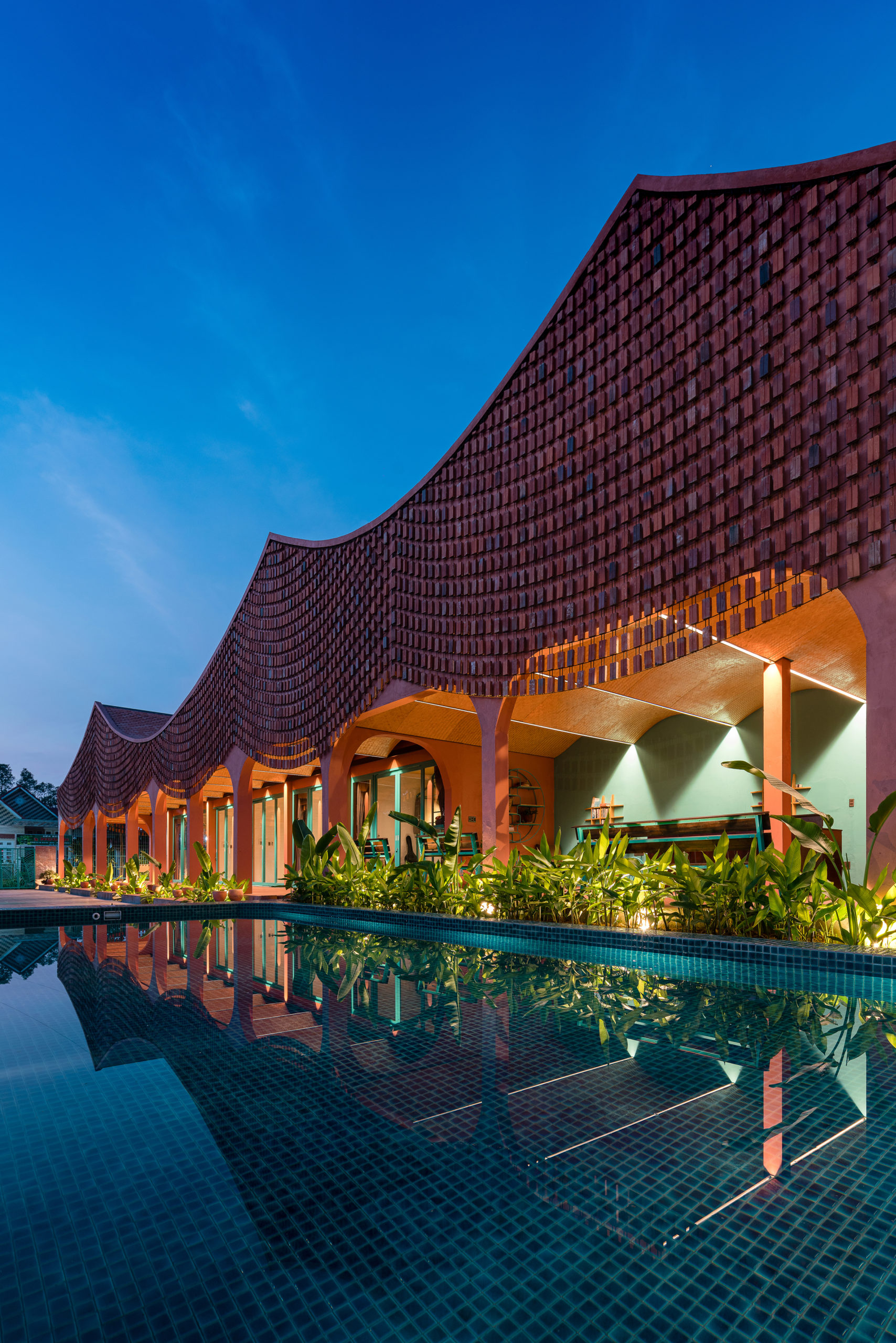
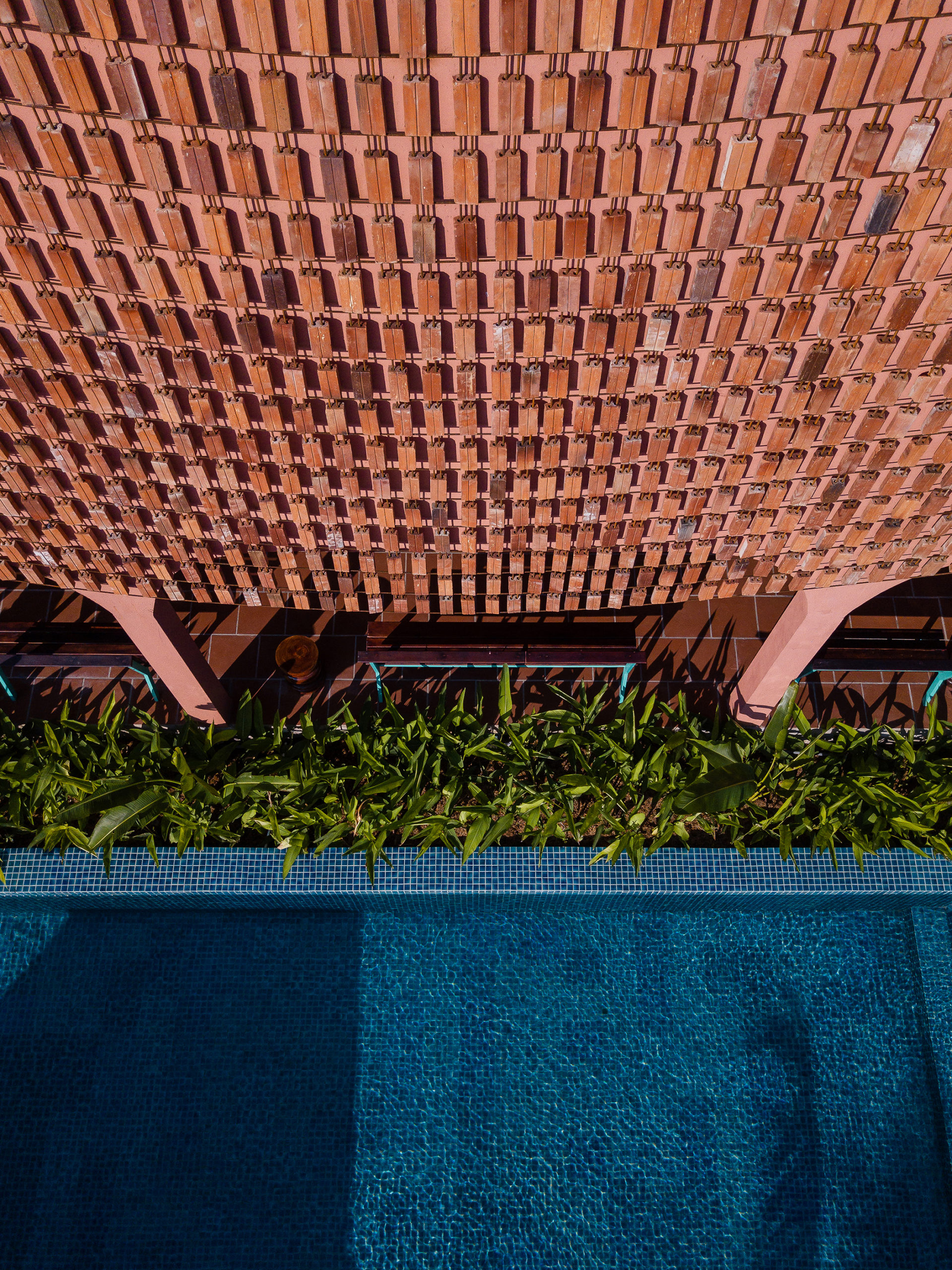
Duyen Casa II by Block Architects, Cao Lãnh, Vietnam
Beginning with the initial planning stages, the renovation of Duyen Casa II faced significant hurdles. Aimed at turning a family home into a guest house, the orientation of the building allowed direct sunlight to penetrate the internal spaces throughout the day, making the building unbearably hot. In response, the architectures drew inspiration from the knitting techniques of local handicraft villages, using tiles, bricks and steel bars to construct earthenware “curtains.” In this way, the ceramic curtains can shade the spaces during the hottest times of the day, reducing thermal radiation while comfortably integrating with the original materiality of the building.
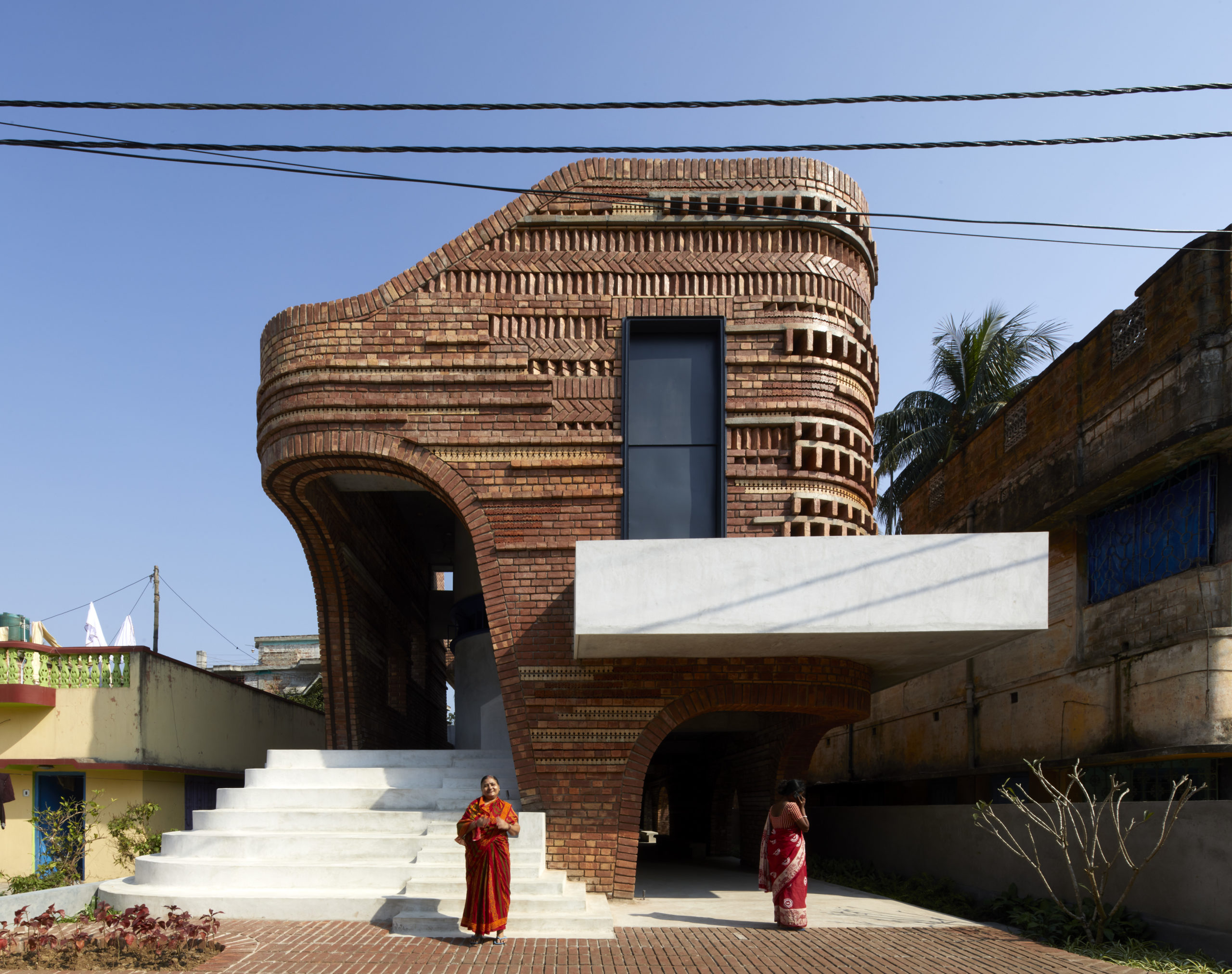
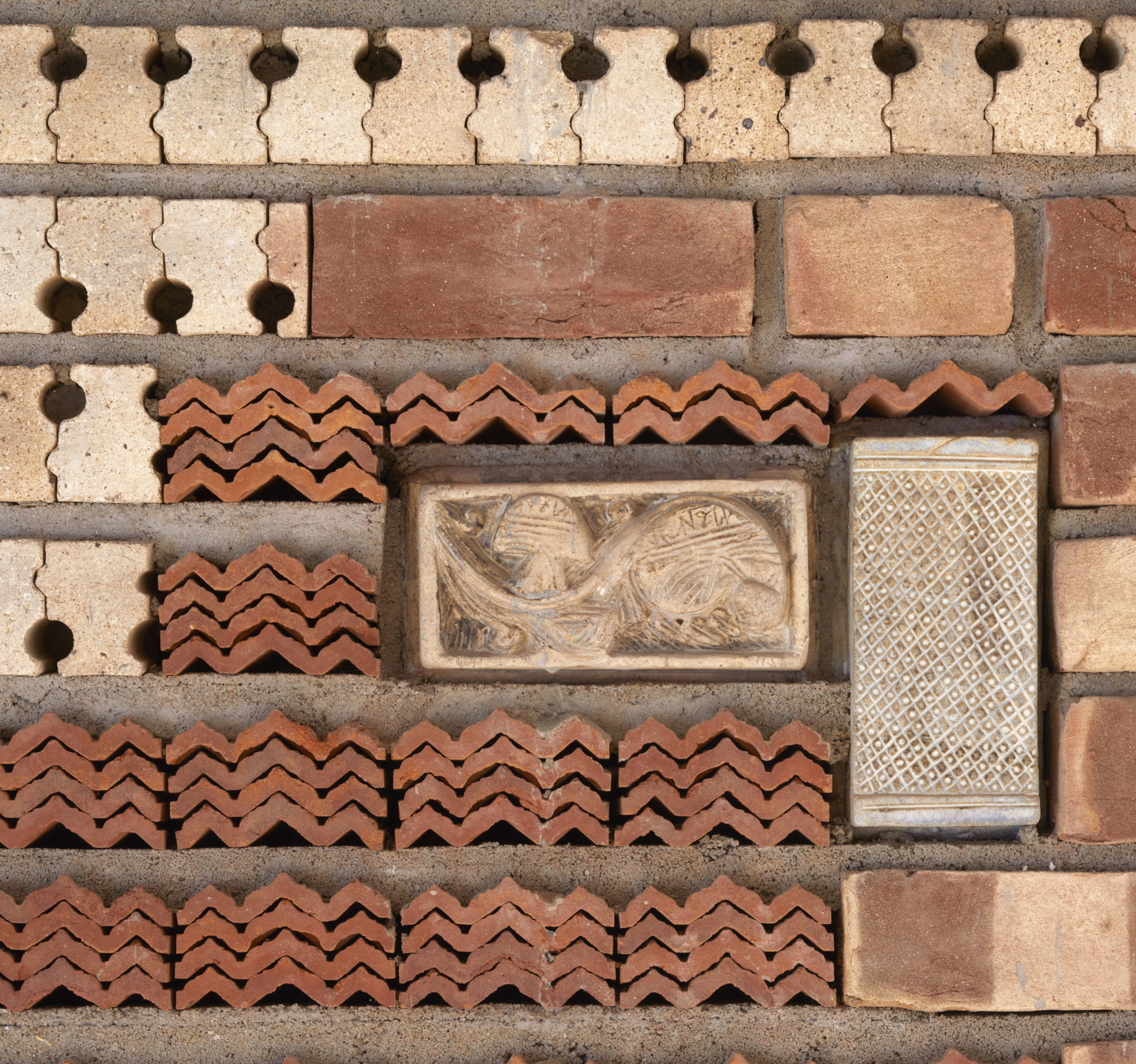
Gallery House by Abin Design Studio, Bansberia, Mithapukur More, India
Gallery House was initially intended to be a garage with staff quarters above it; however, when the owner ultimately decided to use the space as an opportunity to give back to the public, the building developed into a ground-level community hall with a multipurpose activity area above. The building draws inspiration from Bengal’s ancient terracotta temples. The exposed brick masonry walls are intermittently inlaid with ceramic blocks. By collaborating with ceramic artists and collecting rejected clay blocks from local factories, the building’s terracotta brick structure frames individual ceramic artworks embedded in its warm walls.
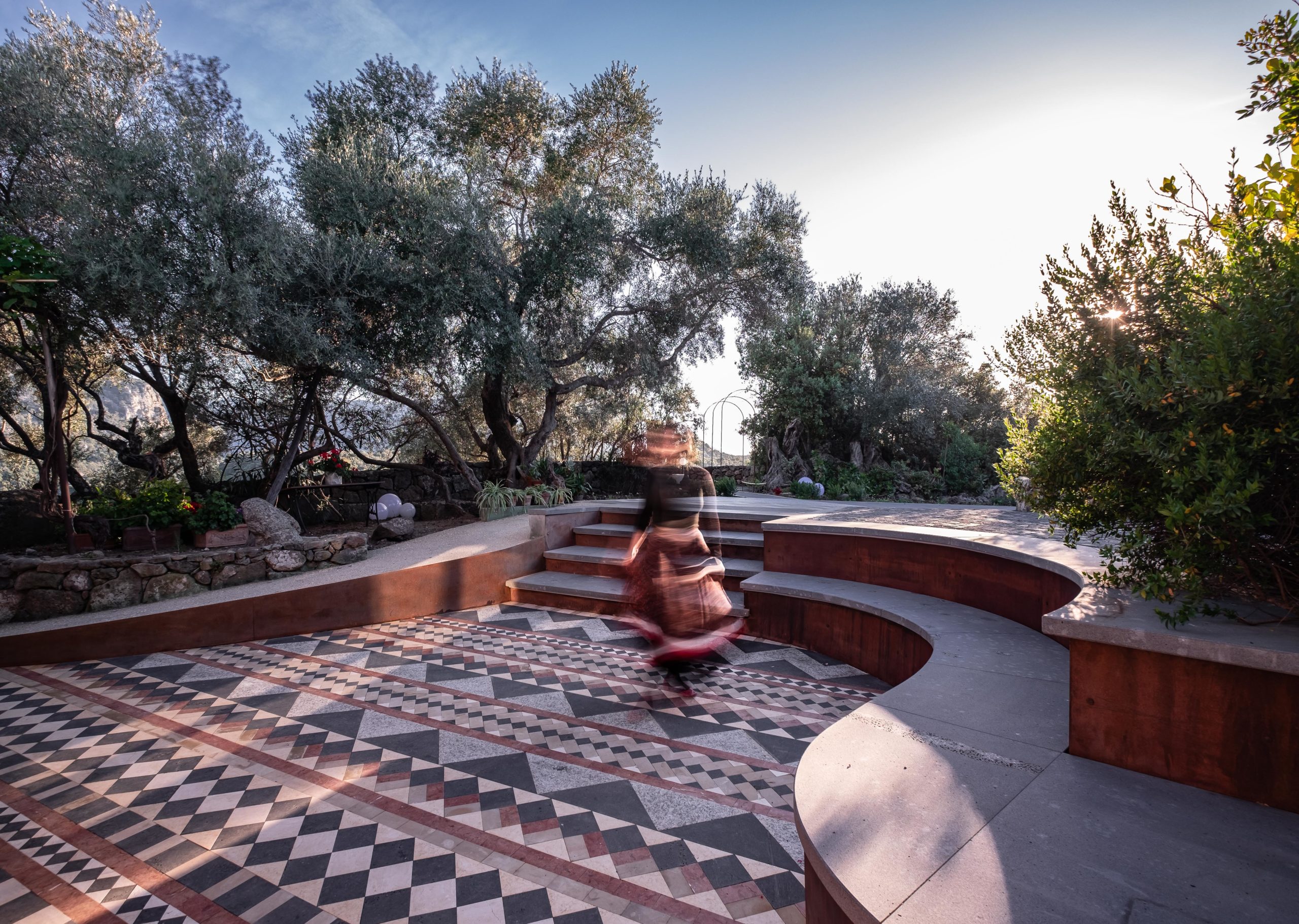
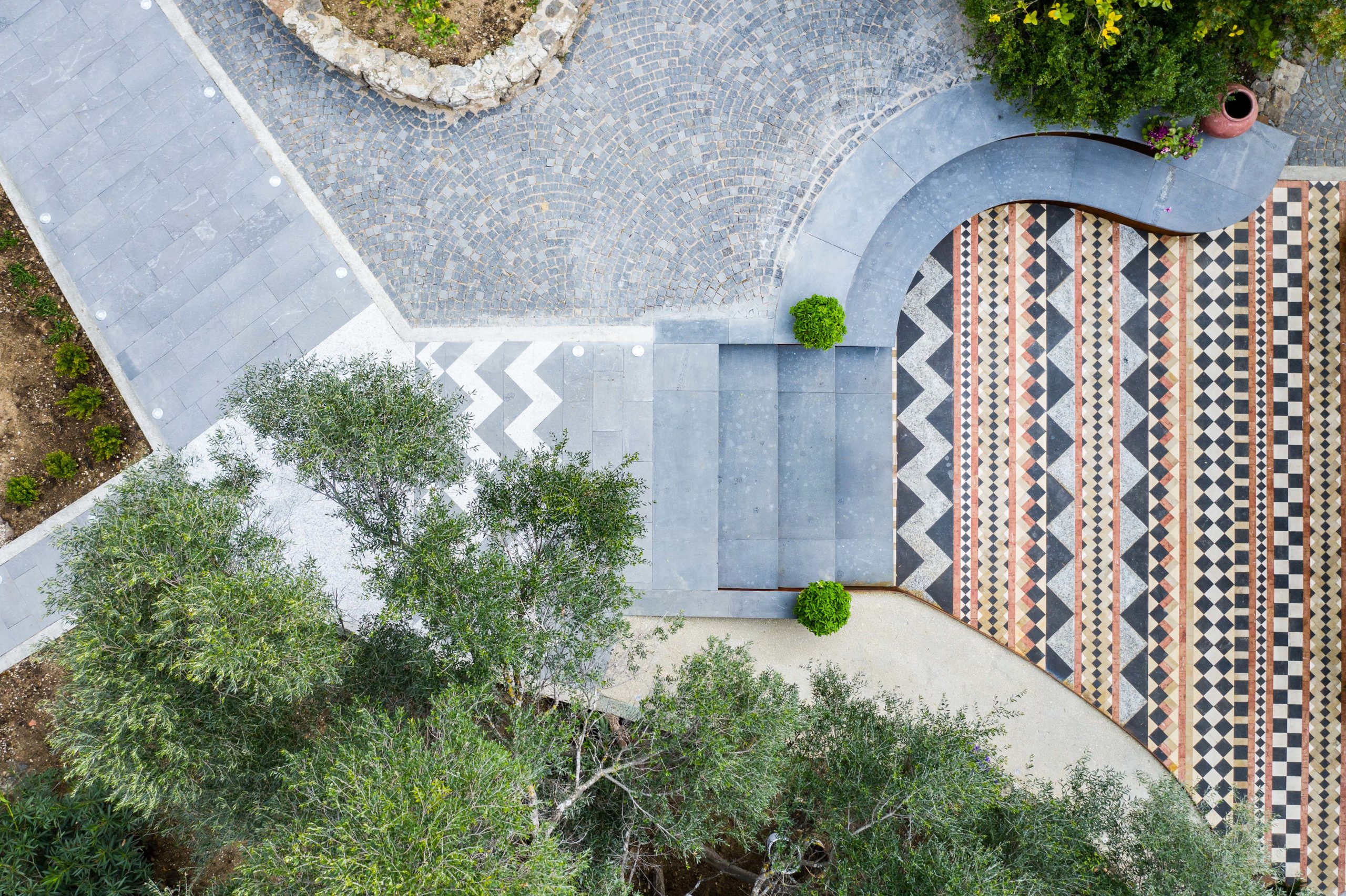
VENTANA by Davide Fancello, Roberto Sanna Agnese Mavuli, Province of Nuoro, Sardinia, Italy
Ventana is home to a lithic carpet of basalt, granite, limestone and brick designed by Davide Fancello, Roberto Sanna Agnese Mavuli. The “carpet” was conceived as part of an exterior renovation project where the mosaic road dissects the informal spaces between farm buildings and landmasses. The meandering path is articulated by a series of patinated steel pergolas that provide resolution, while the pathway’s ceramic geometries celebrates natural material and enliven the experience of the beautiful panoramas.
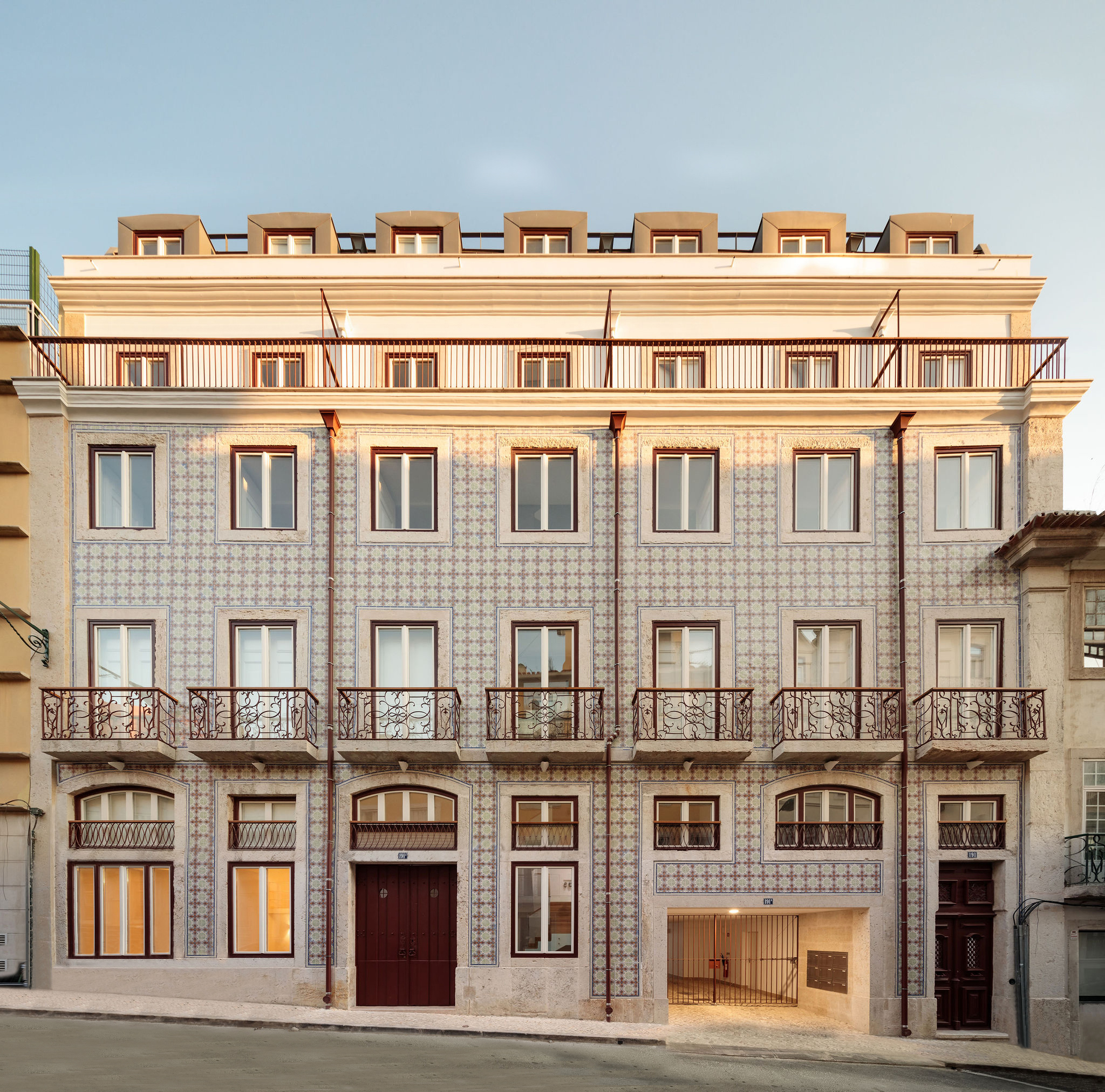
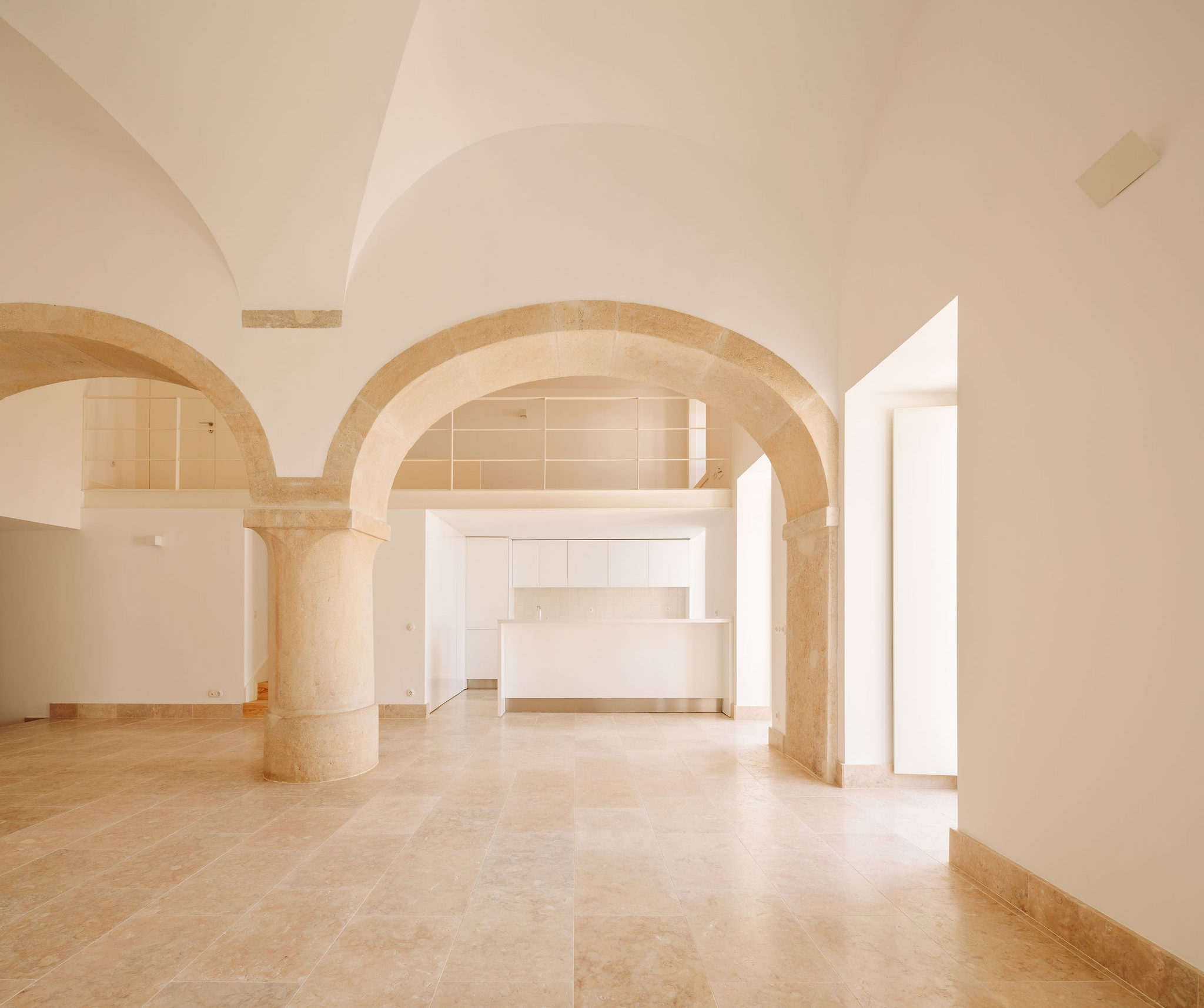 Salitre 191 by Fragmentos, Lisbon, Portugal
Salitre 191 by Fragmentos, Lisbon, Portugal
In the confines of a Protected Immovable Cultural Heritage Area of Lisbon sits Salitre 191, a former school building. Since its original construction, it has been changed innumerable times and, from the onset of this intervention, was barely recognizable from its original design. The renovation by Fragmentos sought to restore the space to its former grandeur while converting it into six comfortable and individual apartments. The result is an impressive and contemporary building whose original materiality shines through. The architects preserved the original flooring, internal wooden doors and shutters, limestone pillars, vaulted ceilings and the hand-painted decorative ceramic tiles distributed across its outside surface.
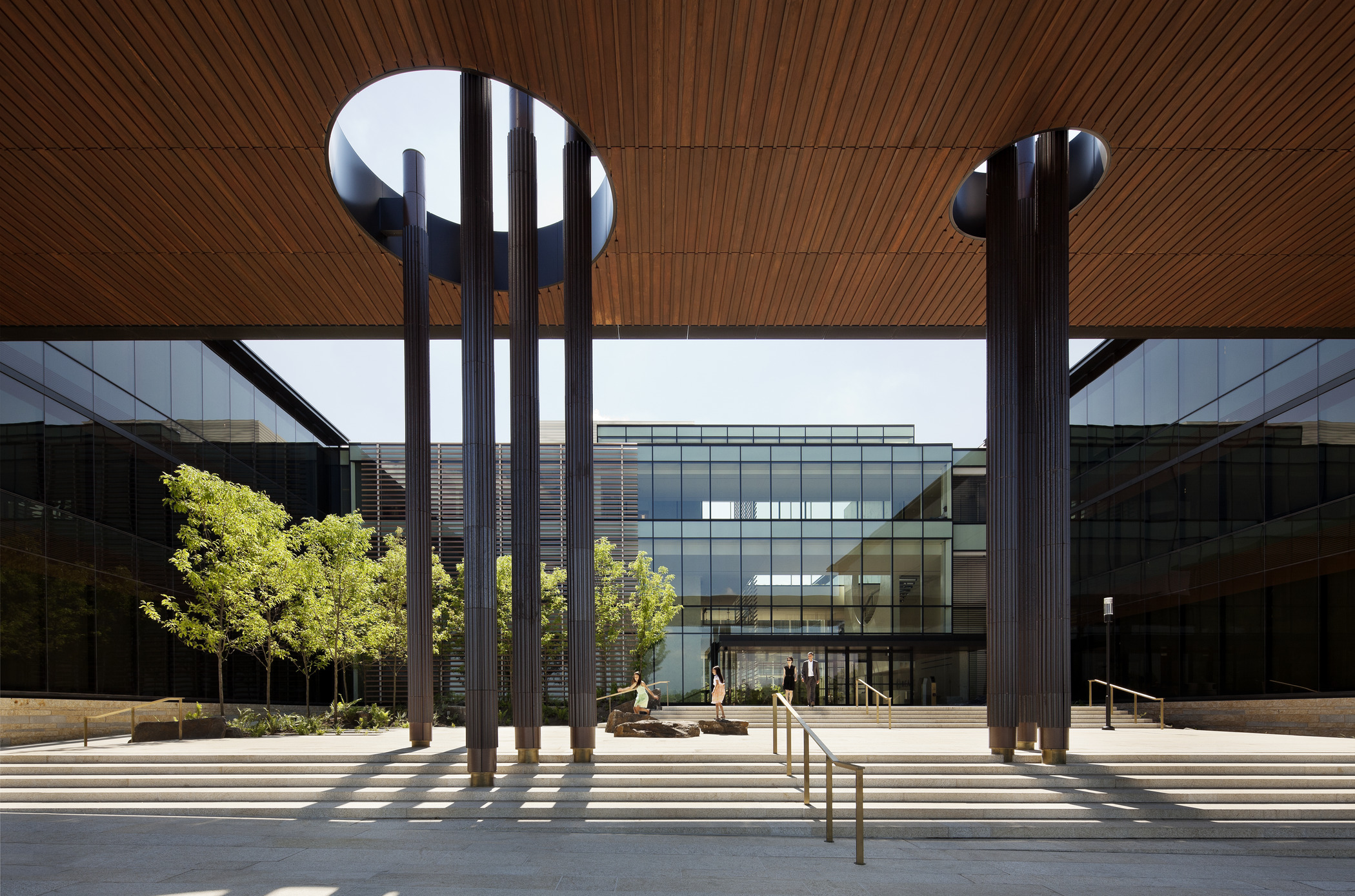
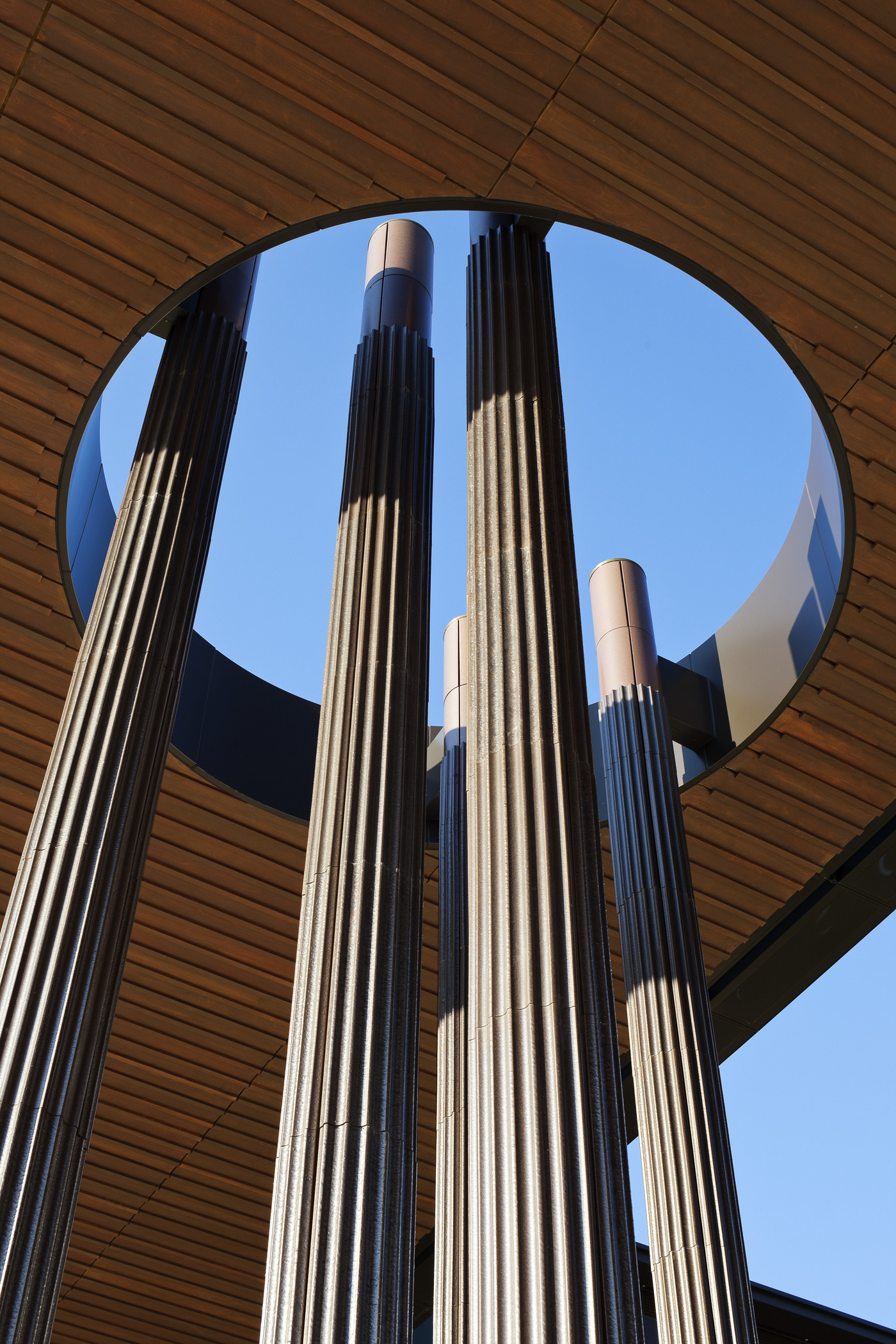 175 Park Avenue by Kohn Pedersen Fox Associates, Madison, NJ, United States
175 Park Avenue by Kohn Pedersen Fox Associates, Madison, NJ, United States
Transforming obsolete commercial buildings is no easy task. The former Verizon call center building at 175 Park Avenue was an uninspired black box until it was reestablished as the head office for a young, cutting-edge company. Determined to reconnect the space with nature and inspired by the local environment’s geological formations, Kohn Pedersen Fox included a new canopy and courtyard. Both are clad in a textured, glazed tile that imbues the space with a special aura evocative of its surrounding natural elements.
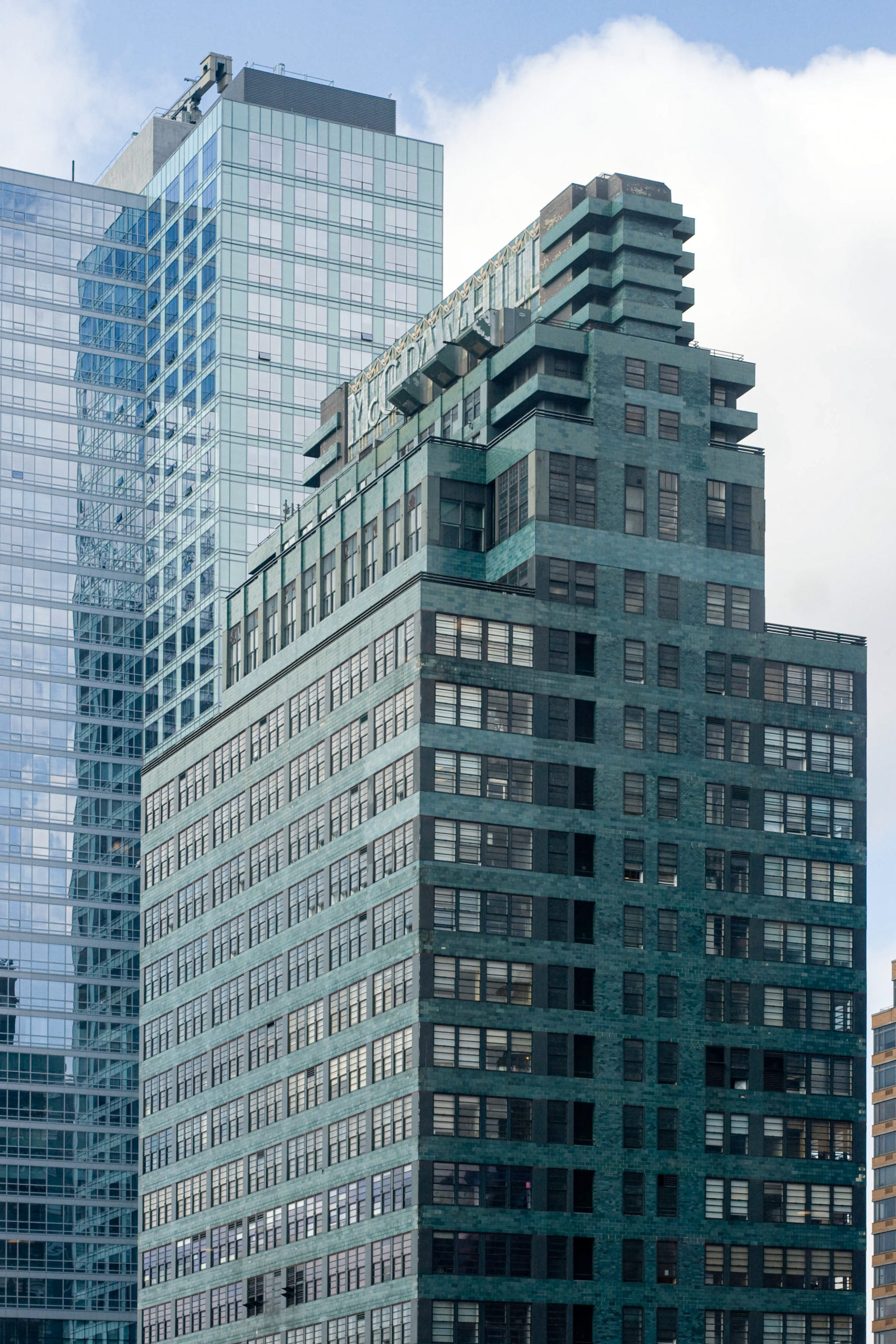
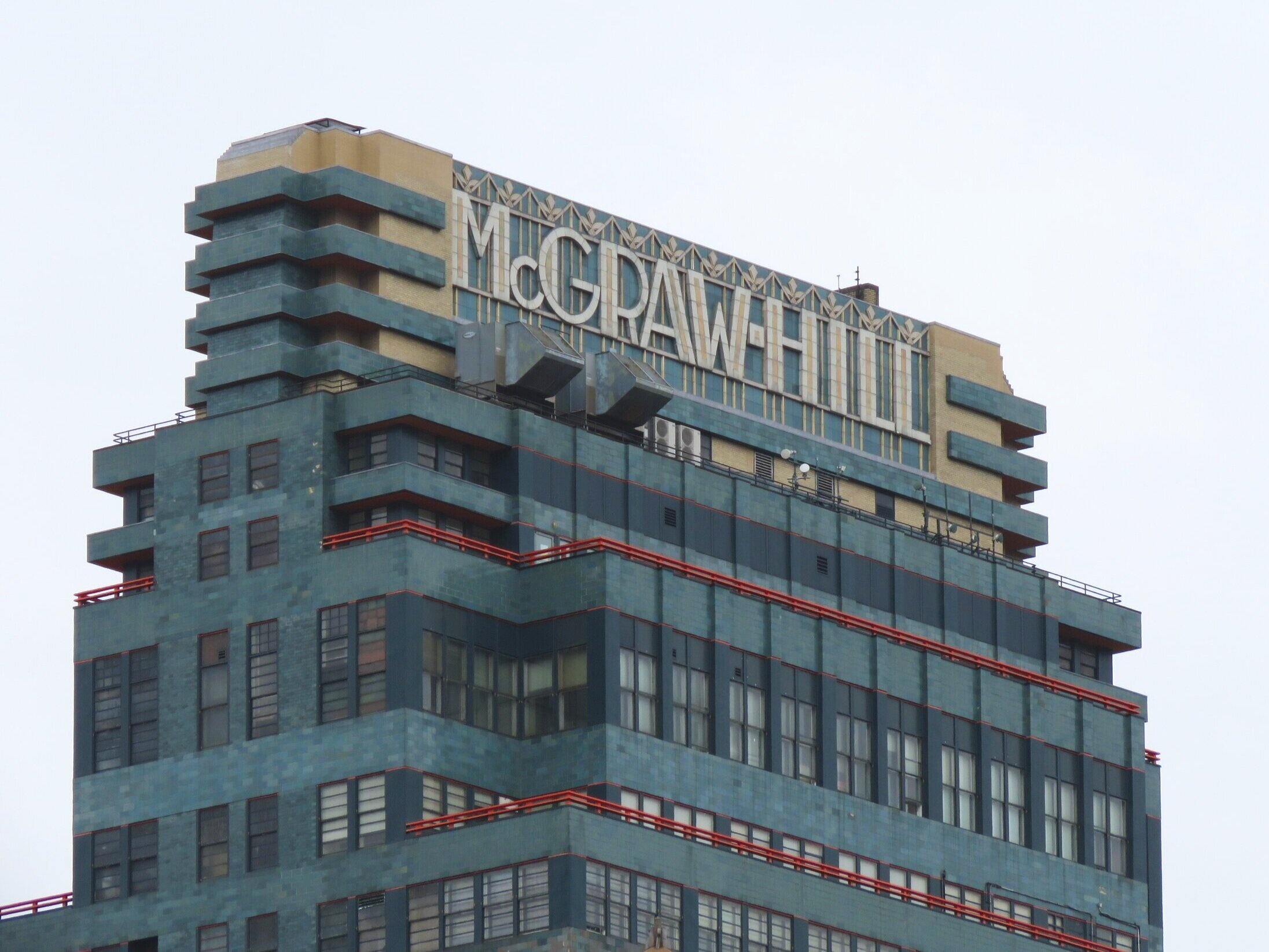
McGraw-Hill Building by Jablonski Building Conservation, New York, NY, United States
The McGraw-Hill building is an iconic piece of blended Art Deco design initially built in 1931 by the controversial architect Raymond Hood. At that time, it made a bold architectural statement; the 33-story blue, terracotta-clad publishing house demanded attention. However, as the local neighborhood fell out of favor, McGraw-Hill relocated, and ever since, the space had slowly fallen into decline. Over the past six years, the facade—sheathed in blue-green terracotta ceramic tile intended to blend in with the sky—has been lovingly and sensitively restored. While there is more work to be done internally, the exterior boasts its eye-catching hues once again.
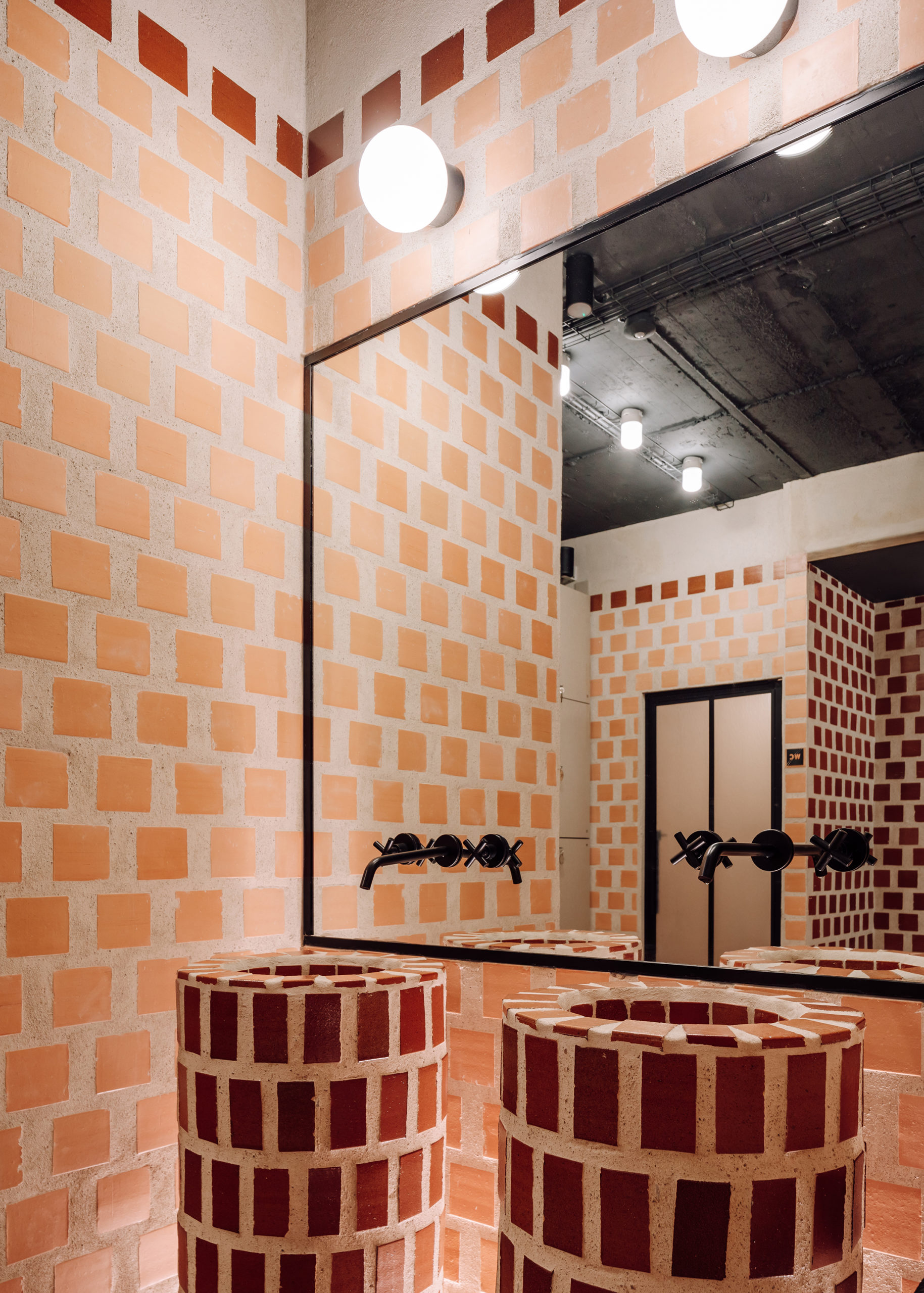
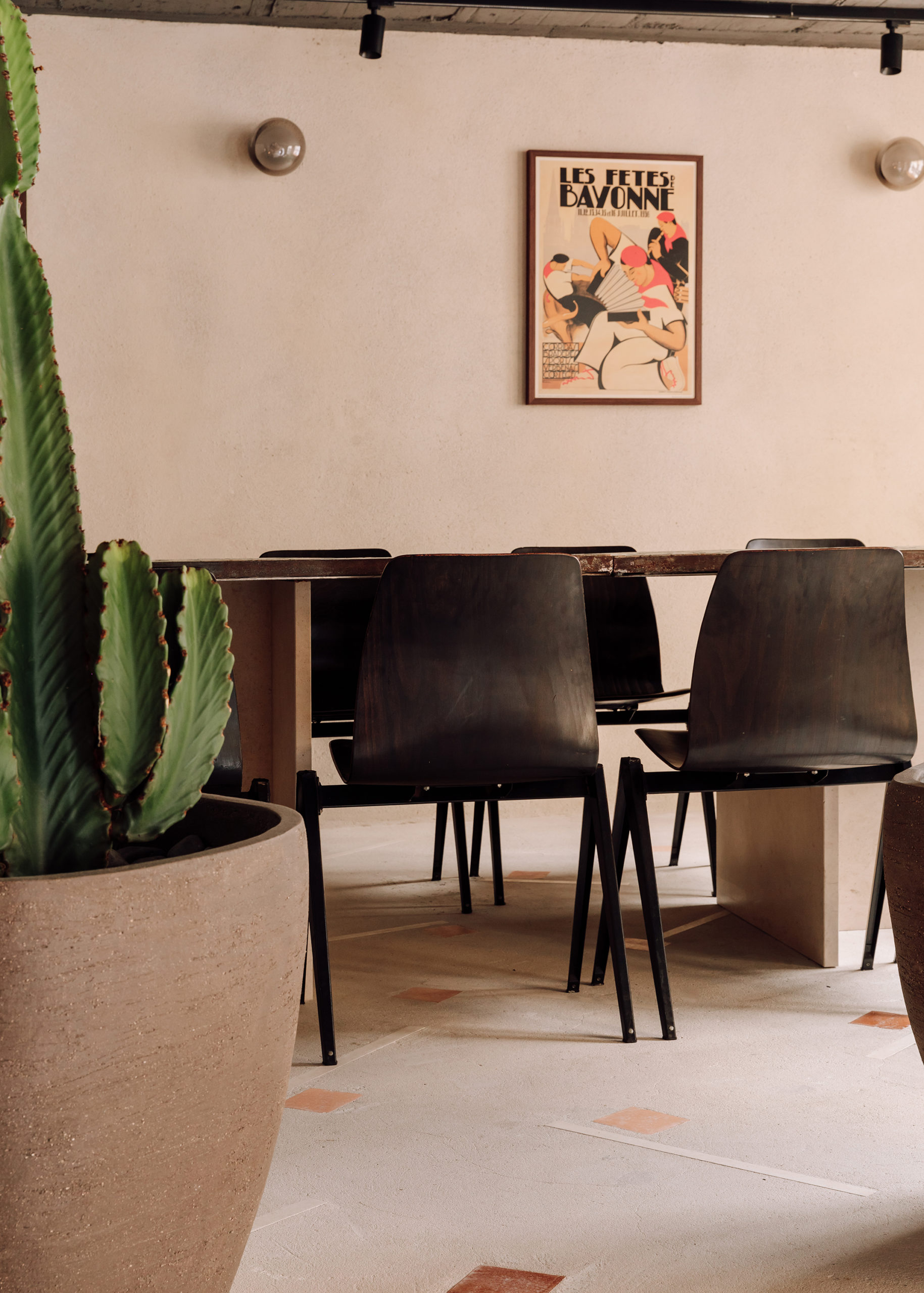 Wellness Members Club by Studio Gameiro, Lisbon, Portugal
Wellness Members Club by Studio Gameiro, Lisbon, Portugal
Set in the heart of Estrela, Lisbon, this wellness club aspired to evoke an earthy, warm and global aesthetic while still celebrating local craftsmanship and Portuguese materials. With a soft, muted backdrop of sand-stucco in each space, the club has a calming atmosphere. The walls are inlaid with an array of ceramics, including white moleanos and orange terracotta. The sharp color contrast in the wall finishes provides a contemporary decorative element while focusing on natural and local materials.
Architects: Showcase your next project through Architizer and sign up for our inspirational newsletter.
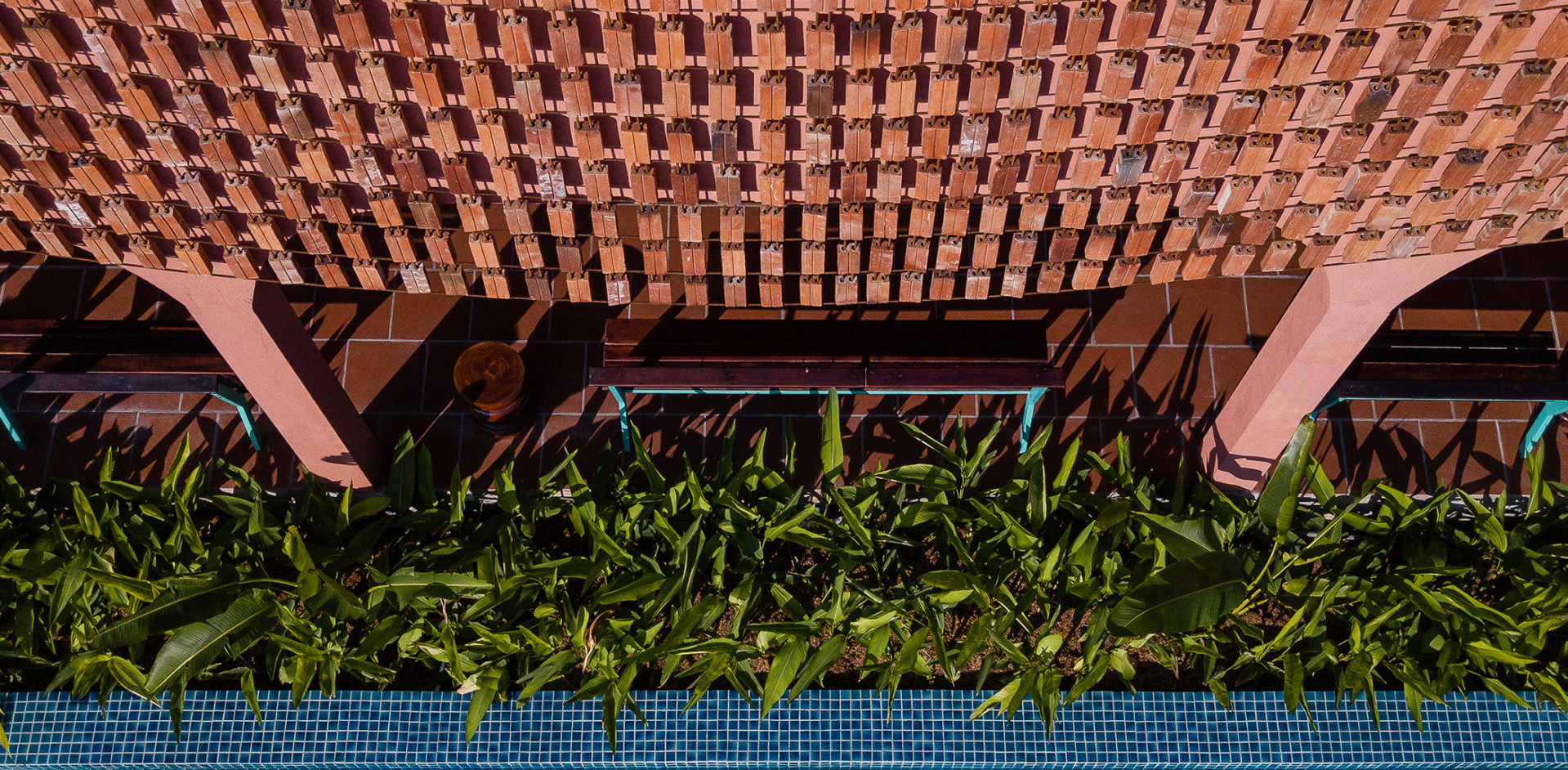
 175 Park Avenue
175 Park Avenue  VENTANA
VENTANA 